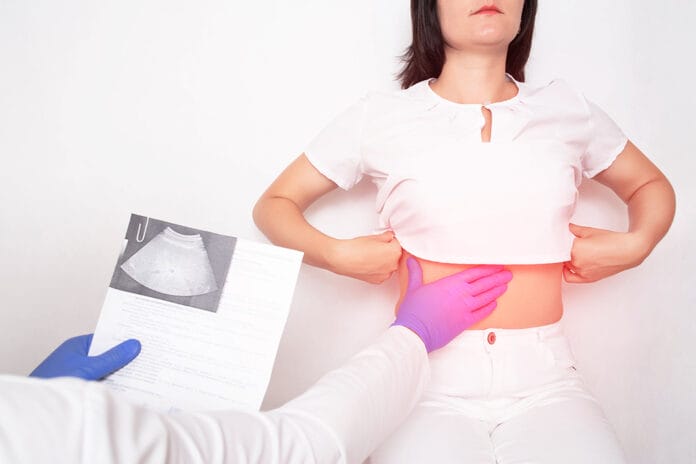Medical doctors have noticed that the dental health of their liver transplant patients is poor enough to cause worry about the general outlook and lives of their patients that can be easily destroyed with the smallest infection. A patient’s oral status can even weigh in on whether the doctor believes that their patient will take adequate care of their new organ and themselves.
The Association Between Oral Health Status and the Clinical Outcome of Cirrhotic Patients on the Waiting List for Liver Transplantation addresses the current oral status of cirrhotic patients, what cirrhosis treatments can do to the oral cavity, and how these patients can lengthen their lives, and the lives of their teeth and oral health, by adapting their personal dental habits to a more healthy way for their new chance at life.
What Do Cirrhosis Treatments Do to Your Teeth?
We always worry about dental issues causing systemic infections in all of our patients, but people suffering from cirrhosis are immunosuppressed, and their body is unable to repair damaged cells that help suppress any virulent bacteria. Lesions may appear intraorally as a side effect of the disease.
It does not matter what stage your patient is in, whether they just found out about the disease, are waiting on a liver, or have received a liver; they will always be immunosuppressed and at constant risk of oral infections.
Like with other diseases, cirrhosis disrupts a healthy saliva flow, which is vital in positive oral health, thus increasing the risk of plaque, infection, and decay. More than half of cirrhosis patients suffer from xerostomia. The necessary use of diuretics also disrupts saliva flow, throwing off the pH balance and reducing what is needed to keep a mouth as clean as possible and at a neutral pH.
The researchers state that “bacteria living in plaques secrete acids and pro-inflammatory mediators, cytokines, and chemokines, cause tooth decay and irritate the periodontal tissue, which can lead to periodontitis and systemic infection in patients with cirrhosis.” The patient’s increased chance of accumulating calculus and plaque is widespread and can be unavoidable without proper care.
How Do We Educate Cirrhosis Patients to Effectively Care for Their Teeth?
This study discovered that an increase in routine panoramic radiography for cirrhosis patients is a great way, besides specific educational advice, to discover the existence of problems. The researchers stated that panoramic radiography gives the patient an effective lower dose than a full mouth series of radiographs, and the images can be easily looked over and studied during an evaluation. To some clinicians, this may seem questionable because panoramic images aren’t necessarily helpful in detecting bone loss, radiographic calculus, incipient decay, etc., as a full series of radiographs, including bitewings and periapical (PA) radiographs are. Panoramic images are most useful for the detection of impacted teeth, cysts, tumors, carotid artery calcifications, and the like.
During the study, it was discovered that radiographic calculus was directly associated with a lower survival rate in people who are waiting for or who have had a liver transplant. Periodontal disease and liver disease, especially towards its end stages, always affect each other bidirectionally (from several directions). There is an intrinsic link that cannot be denied.
As a liver slowly dies, the body cannot keep up with fighting disease and bacteria. Any disease can wreak as much havoc as it wants, and chances are, the bacteria entered the body through the oral cavity. They may exhibit systemic inflammation, reducing circulation and any hope that the infection can be combated.
The researchers concluded that the DMFT index (decayed, missing, filled teeth) of a cirrhosis patient is not affected by liver disease. Still, the effects of radiographic calculus on their body are so damaging that any tooth with radiographic calculus should be removed and effectively cleared of infection before any transplant occurs. With that said, dental hygienists know that whether calculus can be seen radiographically or not, it needs to be removed. Hygiene treatment removing biofilm, toxins, and calculus is imperative whether the patient has liver disease or not. However, it can be the difference between life and death for a cirrhosis patient sitting in our chair.











